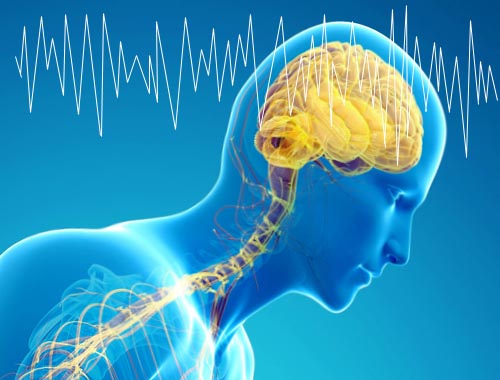Parkinson's Disease
While Parkinson's is easily identifiable in its later stages, early onset of the disease can often be a difficult diagnosis to make. There are no precise tests or rubrics by which doctors can use to establish a diagnosis, and it is often mistaken for other diseases in its early stages, when patients need help most. What makes it so hard to diagnose? The symptoms of early Parkinson's are not that clear cut, and tests that rule out other conditions are often inconclusive. Parkinson's disease is recognized as one of the most common neurologic disorders, affecting approximately 1% of individuals older than 60 years. There are 2 major neuropathologic findings: the loss of pigmented dopaminergic neurons in the substantia nigra pars compacta (SNpc) and the presence of Lewy bodies. Most cases of Parkinson's disease (idiopathic Parkinson's disease) are hypothesized to be due to a combination of genetic and environmental factors. But no environmental cause of Parkinson's disease has yet been proven. A known genetic cause can be identified in approximately 10% of cases, and these are more common in younger-onset patients. There is a high diagnosis error rate between Parkinson's disease and essential tremor. For movement disorder neurologists, when an erroneous diagnosis of Parkinson's disease is made, the most likely correct diagnoses are the atypical parkinsonisms (MSA, progressive supranuclear palsy [PSP], corticobasal ganglionic degeneration). Early in the disease course, it may be very difficult to distinguish between Parkinson's disease and the atypical parkinsonisms. If Parkinson's disease is suspected, but a person is taking a drug known to induce parkinsonism (an antipsychotic; the anti-emetics metoclopramide or prochlorperazine; less commonly: an antidepressant, amiodarone, cinnarizine, lithium, sodium valproate, or a cholinesterase inhibitor) the person should reduce or stop the drug if appropriate.
